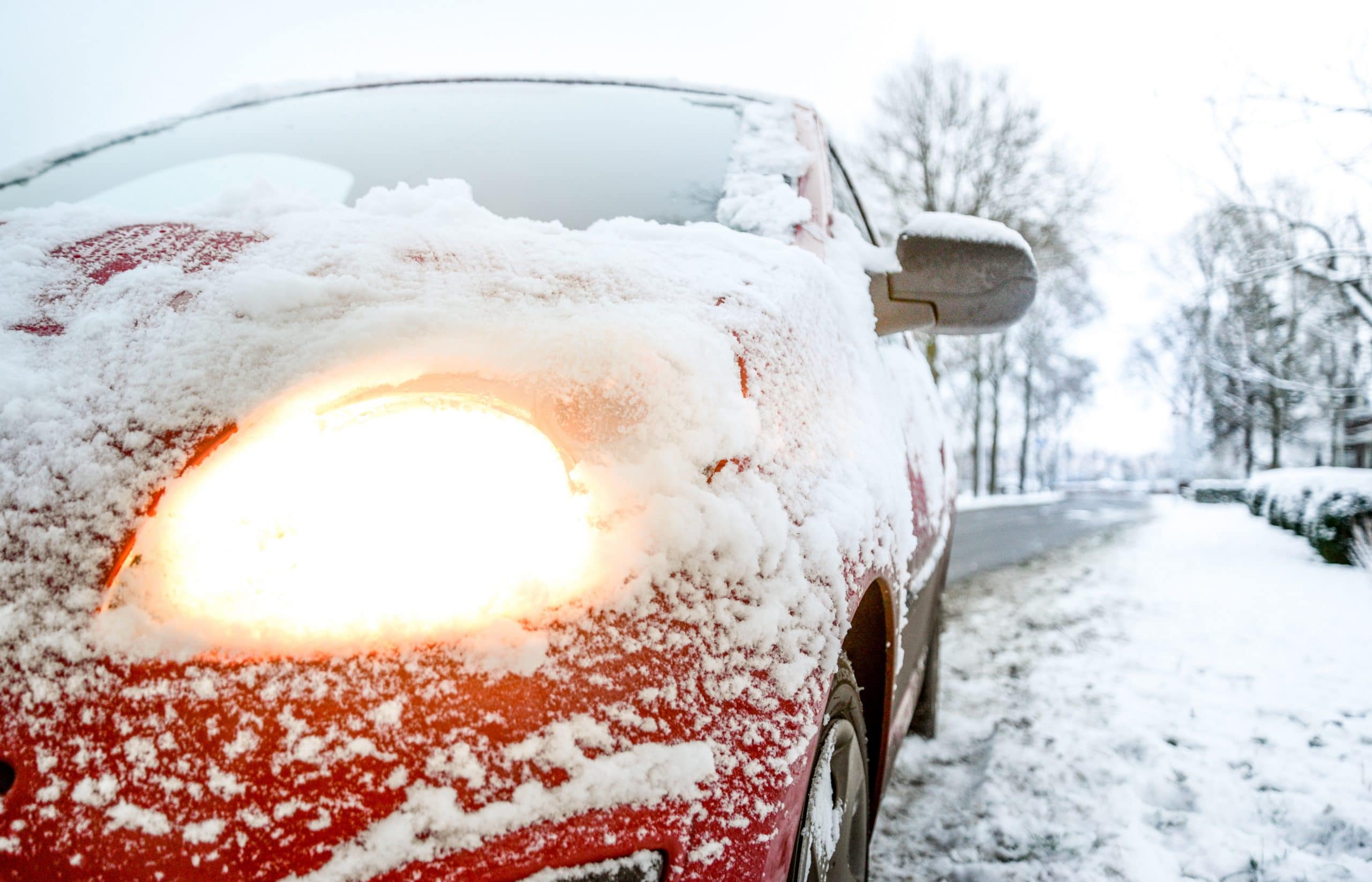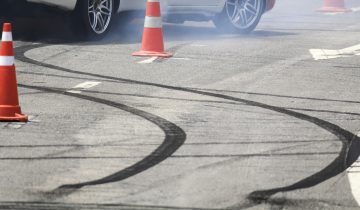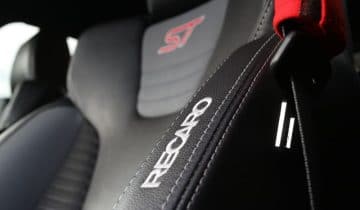Environmental conditions are some of the leading causes of car accidents. Inclement weather can cause vehicles to lose traction, especially on paved roads. The increased difficulty in steering and maneuverability puts you at risk of different conditions from minor fender-benders to all-out rollovers. It’s best to ensure that your car’s Supplemental Restraint System (SRS) is working properly during these times.
A broken seat belt is even more dangerous to have when driving during the winter season. Greater obstructed vision during snowfall and increased slippage from roads almost doubles your chances of getting into an accident while on the road. This is why it’s necessary to wear your seatbelts at all times. Each component of your seat belt provides a specific function in keeping you safe during automobile accidents.
Understanding your seatbelt’s components
A vehicle’s 3-point seat belt contains a lap belt and sash belt connected at three endpoints that effectively spreads the energy a person receives over the pelvis, chest, and shoulders. It’s a safety measure shaped in a Y-arrangement that utilizes different components to protect you during crashes.
In this article, we’ll go over the three components of your seat belt system and why it’s important to ensure that all three components are working.
Buckle pretensioners
The seat belt pretensioner is in the female section of the belt system, allowing you to tighten your belt’s slack for a secure hold on your body. During a collision, it initiates an explosive charge to activate its piston. This piston spools rapidly to take out the slack, keeping you firm in your seat. Although it may be slightly uncomfortable to your shoulders and chest, it’s to ensure that you won’t be thrown out of your vehicle from the blowback of sudden force.
If your buckle pretensioner doesn’t work, you’re at risk of getting blown through the windshield while also being in the wrong position for airbag deployment.
Seatbelt webbing
Your seatbelt’s webbing is the sash that retracts and extends to fit across your body to latch on to the buckle. It’s a tensile material that’s resistant to UV and doesn’t shrink or rot. However, it can break from cutting, gnawing, or piercing. It’s not uncommon for pet owners to have frays and knicks from pets chewing it. Although the mechanism can still retract and fasten, that doesn’t mean you should undermine the risk of having damaged seatbelt webbing. Attempting to sew your seatbelt’s rips yourself isn’t the best option since it can further weaken its strength and integrity. Thankfully, you can ship your seatbelt system for webbing replacements.
Seatbelt retractors
A seat belt retractor is the mechanism that holds and produces the webbing material. It consists of a spring, gears, sensors, and an explosive device similar to buckle pretensioners. It picks up any loose slack along your webbing to keep you secure in place.
For non-automatic car systems, you can trigger this manually by pulling the entire length of your seatbelt then retracting it slowly. Doing so will allow you to incrementally fasten your seat belt firmly in place.
If your seatbelt no longer tightens through this method, you may need to check with a garage to see the broken components.
Conclusion
Your car’s SRS consists of several components to mitigate injuries during a car accident. It comprises your vehicle’s airbags, proximity sensors, and seat belt systems to absorb or reduce the impact that’s otherwise severe or fatal to receive. After surviving a car accident, it’s necessary to treat your car to receive SRS replacements to repair and reset these components. You may need to replace them or update them without having an incident.
Safety Restore is the leading service in post-accident restorations to keep drivers safe against road risks. We specialize in handling seat belt repairs and airbag modules to reset or replace your car’s SRS components. If you need seat belt repair and replacement, contact us today!


